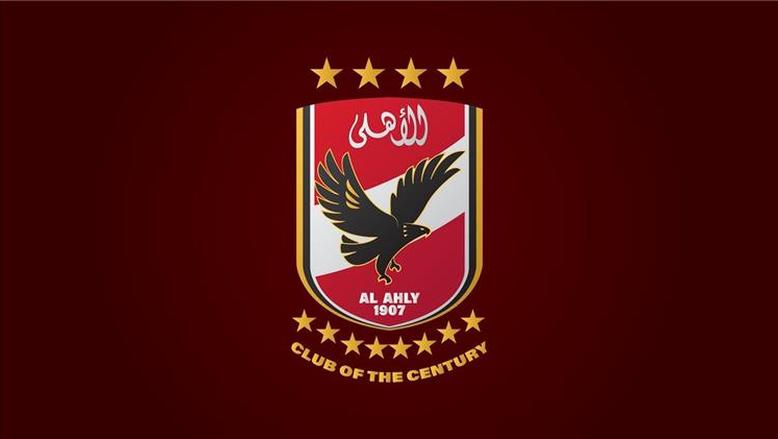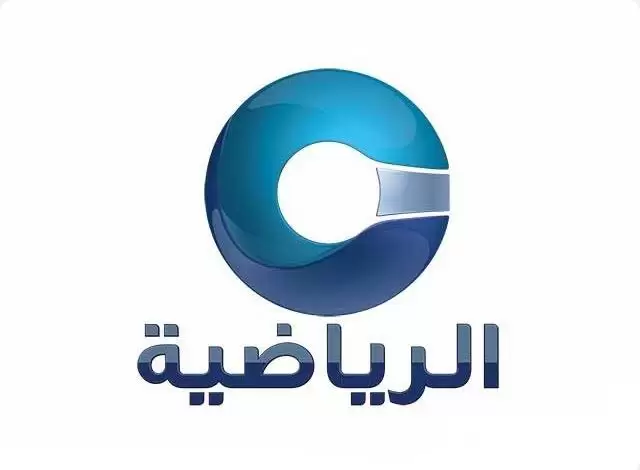The Frequency of A Bola Television Channel on All Satellites

A Bola Television stands as a beacon of Portuguese sports culture, channeling the fervor of football and beyond into homes across Portugal and the global Portuguese diaspora. Launched in 2012 as an extension of
For viewers in Portugal’s mainland, the archipelagos of Madeira and the Azores, or Portuguese communities in Brazil, Angola, and Europe, A Bola Television is a vital link to home. Distributed through major providers like MEO, NOS, Vodafone, and NOWO, it reaches audiences via cable, fiber, and crucially, satellite. Satellite broadcasting shines for those in remote Alentejo villages, island outposts, or expatriate enclaves where internet connectivity falters.
Offering stable, high-quality feeds unaffected by bandwidth constraints, satellites like Hispasat 30.0°W ensure that a last-gasp goal in a Sporting CP vs. FC Porto clash is never missed. This article dives into the latest satellite frequencies for A Bola Television as of October 2025, alongside setup strategies, the enduring relevance of satellite Television, and tips to optimize your viewing experience. Whether you’re a diehard Benfica fan or a casual viewer of the Taça de Portugal, this guide unlocks the thrill of A Bola Television from the stars.
Why Satellite Matters for A Bola Television
In Portugal, where football is woven into the cultural fabric—commanding over 70% viewership during marquee matches—satellite television remains a linchpin for accessibility. Approximately 20-25% of Portuguese households rely on satellite services like MEO Satélite, particularly in rural regions like Trás-os-Montes or the Azores, where cable infrastructure is sparse. For A Bola Television, satellite delivery via Hispasat 30.0°W ensures that fans from Faro to Funchal can tune into live Primeira Liga action, UEFA qualifiers, or Formula 1 races without the buffering that plagues streaming during peak times. This reliability is paramount when millions unite to watch Portugal’s national team or a heated clássico between Benfica and Porto.
Satellite’s strength lies in its independence from terrestrial internet. While streaming apps like A Bola’s online platform offer flexibility, they falter under weak Wi-Fi or data caps, especially in remote areas or during storms. Satellite signals, beamed directly from orbit, deliver consistent standard-definition (SD) and emerging high-definition (HD) feeds, secured with encryption like Nagravision and Irdeto to protect premium content. This makes it ideal for expatriates in Cape Verde or Mozambican fans craving Portuguese commentary on Ronaldo’s latest heroics. Moreover, satellite’s lower carbon footprint compared to streaming’s data center reliance aligns with eco-conscious trends, a subtle but growing advantage.
The challenge? Precision is non-negotiable. A misaligned dish or incorrect frequency can turn a match night into a blank screen. With providers occasionally shifting transponders—such as A Bola Television’s move from 11,731 MHz to 12,130 MHz in recent years—staying updated via platforms like LyngSat or MEO’s app is essential. Satellite isn’t just technology; it’s the key to unlocking Portugal’s sporting soul, wherever you are.
Current A Bola Television Satellite Frequencies
A Bola Television broadcasts primarily via Hispasat 30.0°W, a satellite operated by Hispasat, strategically positioned to cover Portugal, Spain, the Canary Islands, and parts of Latin America and North Africa. Its Ku-band transponders deliver robust signals, receivable with 60-80 cm dishes in mainland Portugal and slightly larger 90-100 cm setups in the Azores or southern Brazil. The channel airs in SD MPEG-4 format, encrypted for MEO and NOS subscribers, with no consistent free-to-air availability. Below are the verified frequency parameters as of October 2025, drawn from satellite tracking sources and provider data:




